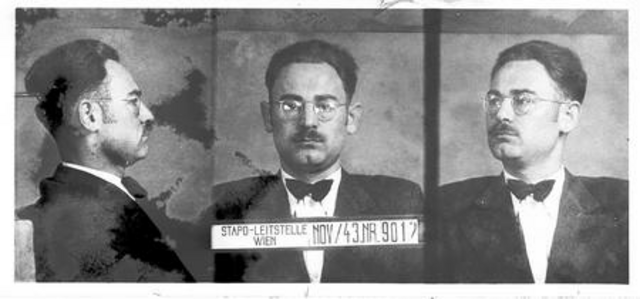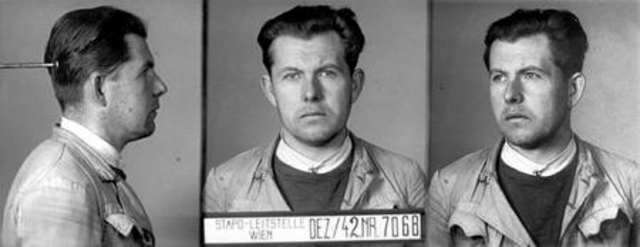The early "Tegels", designed by the Physsikalisch-Technische Reichstalt in Berlin and built at the workshops in Tegel Prison, had many problems. They were inferior to the fine Mannhardt fallbeile built in the period 1854-1860 and the type of fallbeil familiar to Reichhart and other scharfrichters.Patches wrote:Greetings Fredric:
Thank you for the very detailed reply! AHF certainly has a wealth of information, thanks to people like you.
You mentioned that the Tegel used in the film was notoriously faulty (during the time it was actually in use). So these mechanisms have failed at times? What a macabre thought that is! If somebody was in the middle of being executed only to have something go wrong and prolong the process even further (if that ever happened) or worse. A horrible thought!
I've read that after the war Reichhart was even employed by the Allies as an executioner in putting sentenced Nazis to death (!), although by hanging and not with a fallbeil. And that he was later against the death penalty. An Interesting subject.
Tegels were supposed to be an improved design. They incorporated many innovations, especially in the blade release mechanism and internal cabling. But they had "growing pains."
Initally, blades on the first three Tegels had to be resharpened after ever four executions. The blades also chipped. Poor heat-treating and a lower grade of steel rather than fine machine-tool steel was the cause. The Tegel put into use at Wein in 1939 immediately had blade problems and a second blade was requested from the RMJ. Then the Viennese machine really began to fail. The blade lifting mechanism failed, a tooth broke on the winch, the cable frayed and most serious, the blade stuck as a result of striking the upper Halbrett during an execution. Reichhart claim that this occurred because small screws were used to secure the halsbrett slides and they became loose. He probably was right because the the fallbeil is nothing more than a pile-driver with a blade and it packs a tremendous wallop.
The Vienna Tegel's sledge then stuck half-way down the rails during a 1940 double execution because one of the guiding rails became loose causing the sledge to jump out of the track. Apparently the execution was completed but at the second execution, the sledge/blade hit the loose halsbrett and was blocked. It stuck above the neck of the screaming prisoner. Reichhart was said to have had a nervous breakdown over this incident. He also must have gone into a detailed rant about all the problems with the new machines...everything from the blocking to the release mechanism to the inferior construction.
A detailed discussion of the issues encountered with the early Tegel appears in Thomas Waltenbacher's book Zentrale Hinrichtungsstatten. In short, the RMJ dismissed Reichhart's complaints (politics?), did a study of their own and said the issues were due to wood swelling, use of screws rather than rivits, metal fatigue, improper cleaning of the new machines, poorly made cable drums and limitations of Berlin-Tegel's metalworking/heat treating capablilities.
Subsequent "Tegels" were jobbed out to machine tool firms in Berln and greater attention was paid to the quality of individual components and materials. The PTI was, by this time, happy to get out from under the problem in my opinion. They got paid for the design. The plans for the Tegel were never found. So it is probable Tegel Prison built Tegel "prototypes" and some but not all of the subsequent machines. They did repair damaged fallbeile including Plotzensee's Mannhardt.
The blade problems ended when the RMJ specified that all blades were now to be made of high-grade steel and fabricated new specifications and dimensions. Each blade was to be stored in a wooden "messerkisten", thus causing the blades to be removed from the machine and regularly inspected. The later Tegels actually were innovative, compact (shorter than Mannhardts thus requiring lower ceiling height) and solidly built.
Reichhart's being against the death penalty is debatable.





